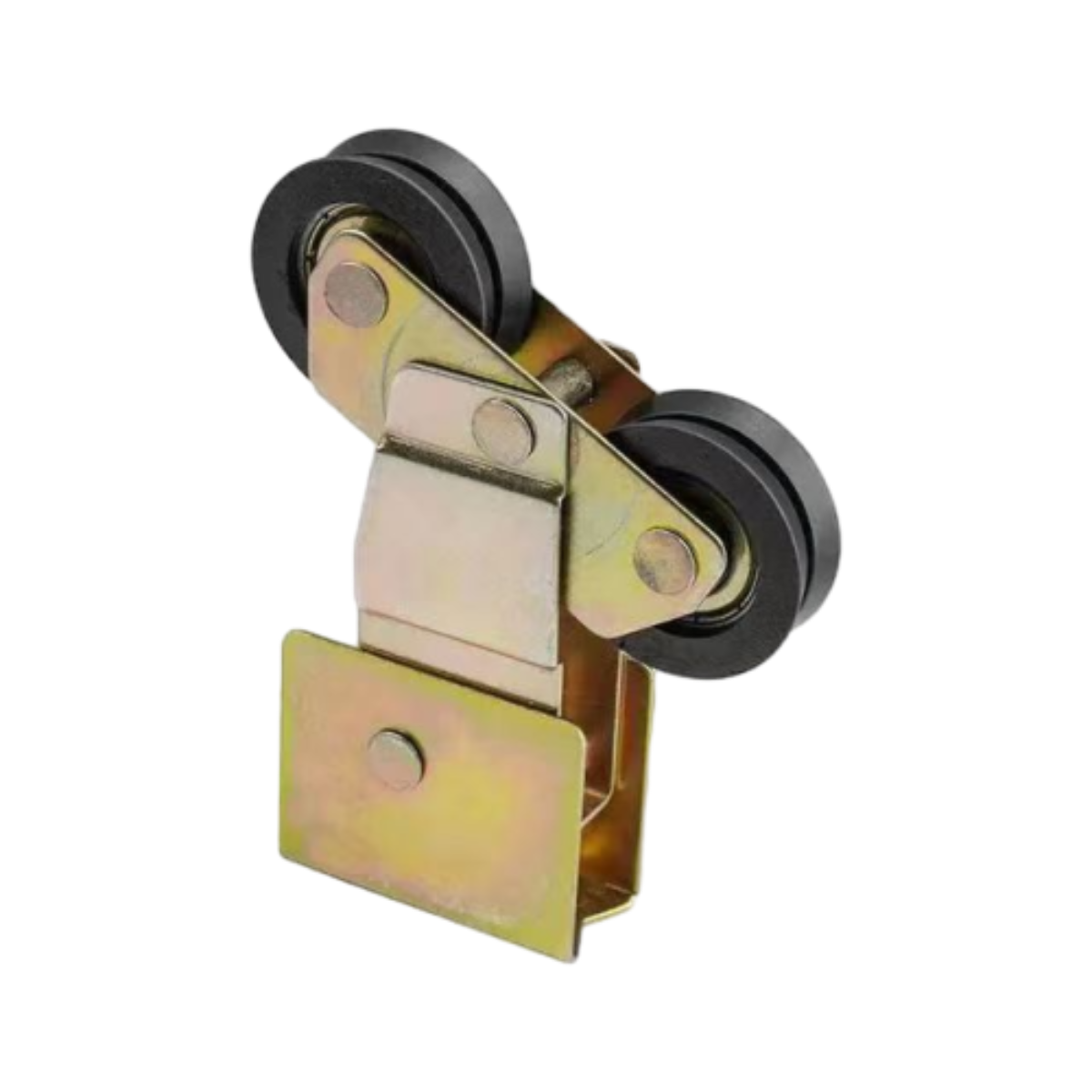Exploring the Beauty and Durability of Ornamental Cast Iron Designs and Castings
The Art and Utility of Cast Iron Ornamental Castings
Cast iron ornamental castings have long been celebrated not only for their durability and strength but also for their aesthetic appeal. These intricate metalworks serve both functional and decorative purposes, making them a popular choice for a wide array of applications, from architectural elements to garden decor. The combination of strength, versatility, and artistic expression has led to a resurgence of interest in cast iron, particularly in the realm of design and architecture.
Historical Significance
Cast iron as a material began to gain prominence in the 18th century, revolutionizing construction and design. The Industrial Revolution made it possible to produce cast iron in large quantities, making it accessible for various applications. Ornamental castings became particularly popular for architectural embellishments, such as railings, gates, balconies, and facades. These decorative pieces not only showcased the craftsmanship of the era but also added character and elegance to buildings and public spaces.
Craftsmanship and Techniques
The process of creating cast iron ornamental castings is both an art and a science. The journey begins with a pattern, which can be made from wood, metal, or even plastic. This pattern is used to create a mold, typically made from sand mixed with a bonding agent. Once the mold is formed, molten iron is poured in, filling the cavities and taking on the shape of the pattern. After cooling and solidifying, the mold is removed to reveal the intricately designed casting.
The level of detail possible in cast iron ornamental work is astounding. Skilled artisans can produce pieces ranging from simple geometric patterns to elaborate floral designs, animals, and historical figures. Techniques such as sand casting, lost-wax casting, and centrifugal casting are employed to achieve different textures and finishes. This versatility allows for a wide range of styles, from Gothic to Art Nouveau, catering to varied architectural tastes.
cast iron ornamental castings

Applications in Modern Design
Today, cast iron ornamental castings are not only found in historical restoration projects but are also embraced in contemporary design. Landscape architects use cast iron for park benches, light fixtures, and decorative fences, combining utility with visual appeal. Homeowners often choose cast iron garden art and furniture, appreciating its durability and classic aesthetic. Additionally, interior designers incorporate cast iron elements, such as curtain rods, fireplace mantels, and stair balusters, to add a touch of vintage charm to modern spaces.
Environmental Considerations
In an age of increasing environmental awareness, cast iron offers a sustainable option. As a recyclable material, cast iron can be melted down and repurposed, reducing landfill waste and conserving natural resources. Furthermore, the longevity and minimal maintenance required for cast iron means that, when well cared for, it can last for generations, making it a worthwhile investment.
Conclusion
Cast iron ornamental castings embody a rich history while continuing to find relevance in contemporary design. They stand as a testament to human ingenuity and craftsmanship, merging practicality with beauty. As more architects and designers seek to create distinctive environments, the enduring appeal of cast iron will undoubtedly remain a prominent feature in both public spaces and private homes. Whether you are walking down a historic street adorned with ornate railings or creating a tranquil garden oasis, cast iron ornamental castings add a unique touch that resonates with both tradition and modernity.
-
Wrought Iron Components: Timeless Elegance and Structural StrengthNewsJul.28,2025
-
Window Hardware Essentials: Rollers, Handles, and Locking SolutionsNewsJul.28,2025
-
Small Agricultural Processing Machines: Corn Threshers, Cassava Chippers, Grain Peelers & Chaff CuttersNewsJul.28,2025
-
Sliding Rollers: Smooth, Silent, and Built to LastNewsJul.28,2025
-
Cast Iron Stoves: Timeless Heating with Modern EfficiencyNewsJul.28,2025
-
Cast Iron Pipe and Fitting: Durable, Fire-Resistant Solutions for Plumbing and DrainageNewsJul.28,2025
-
 Wrought Iron Components: Timeless Elegance and Structural StrengthJul-28-2025Wrought Iron Components: Timeless Elegance and Structural Strength
Wrought Iron Components: Timeless Elegance and Structural StrengthJul-28-2025Wrought Iron Components: Timeless Elegance and Structural Strength -
 Window Hardware Essentials: Rollers, Handles, and Locking SolutionsJul-28-2025Window Hardware Essentials: Rollers, Handles, and Locking Solutions
Window Hardware Essentials: Rollers, Handles, and Locking SolutionsJul-28-2025Window Hardware Essentials: Rollers, Handles, and Locking Solutions -
 Small Agricultural Processing Machines: Corn Threshers, Cassava Chippers, Grain Peelers & Chaff CuttersJul-28-2025Small Agricultural Processing Machines: Corn Threshers, Cassava Chippers, Grain Peelers & Chaff Cutters
Small Agricultural Processing Machines: Corn Threshers, Cassava Chippers, Grain Peelers & Chaff CuttersJul-28-2025Small Agricultural Processing Machines: Corn Threshers, Cassava Chippers, Grain Peelers & Chaff Cutters












